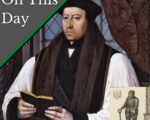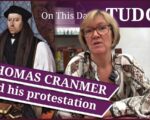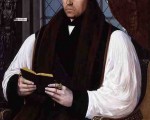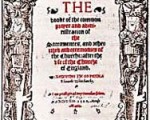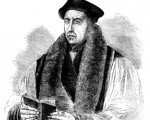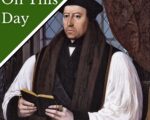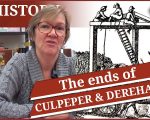
As part of my forthcoming event, The Men Behind the Throne: Tudor Statesmen, I’m running a zoom video discussion on Archbishop Thomas Cranmer this Sunday. I love doing these informal discussions as they’re a great way to get to know each other before the event and an hour of Tudor talk with like-minded people is bliss.
There are still places left on The Men Behind the Throne, which is a completely online event and interactive too, and there’s an early bird discount until 31st May.
[Read More...]

